Imagine a quiet evening at home, the day’s stress still lingering like a stubborn fog. Then, a soft, resonant tone cuts through—a simple chime or tuning fork, costing less than a dinner out, shifts the air. This is the promise of budget sound healing tools: accessible ways to find calm without breaking the bank. Across the U.S., from bustling cities to small towns, more people are turning to these affordable instruments to manage anxiety, improve focus, or simply carve out a moment of peace in 2025’s relentless pace. What’s striking is how these tools, often priced under $50, democratize a practice once seen as exclusive or esoteric. They’re not just for seasoned practitioners; they’re for anyone curious about sound’s subtle power. This article uncovers 11 such instruments, each a gateway to sonic solace, proving that wellness doesn’t have to come with a hefty price tag.
1. Handheld Chimes: A Gentle Start

A single handheld chime, often under $15, can be a surprising entry into sound healing. Picture a small, metal bar suspended by a string—strike it lightly, and a clear, lingering note fills the room. It’s a sound that seems to pause time. Many users describe the effect as grounding, a way to reset during a chaotic day. These chimes are portable, fitting easily into a bag or desk drawer, making them ideal for quick mindfulness breaks at work or home. Retailers like Amazon or local wellness shops often stock sets with varying tones, allowing experimentation without a big investment. The simplicity is the appeal: no training needed, just an intuitive connection to the vibration.
2. Tuning Forks: Precision for Pennies
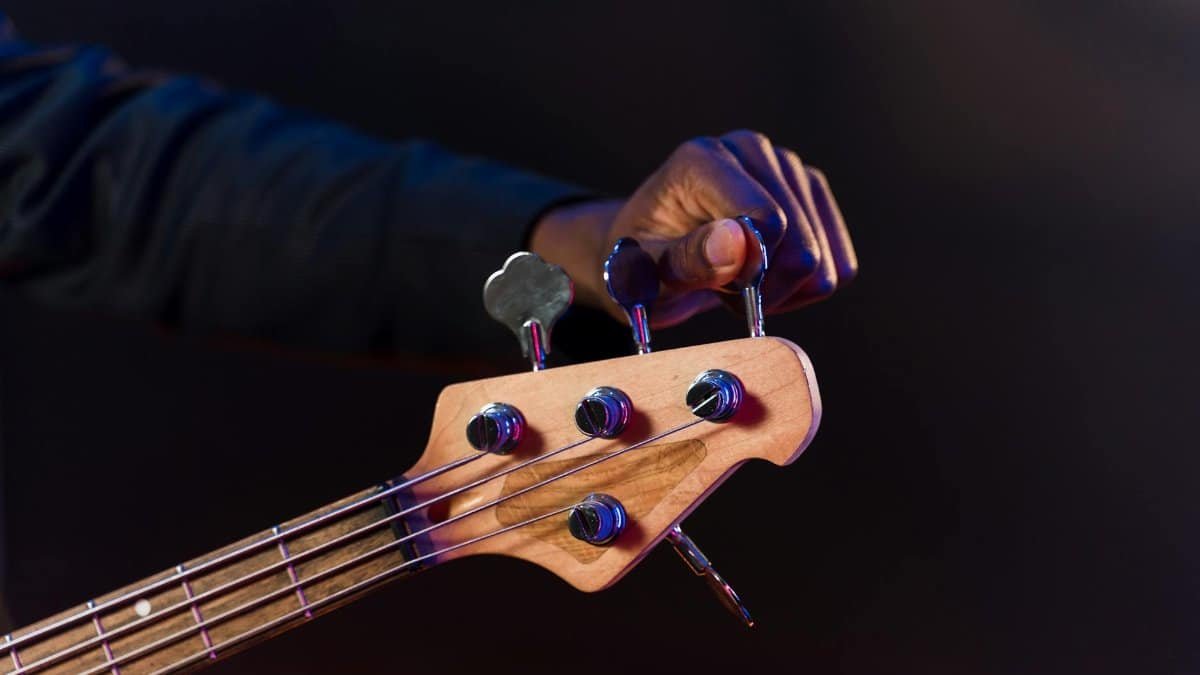
Tuning forks, starting around $10, offer a focused approach to sound healing. Used in both music and therapy, these metal prongs vibrate at specific frequencies when struck, often targeting areas of the body or mind for balance. A 528 Hz fork, dubbed the “love frequency” by some enthusiasts, is a popular choice for under $20. Research from institutions like the National Institutes of Health suggests certain frequencies may reduce stress, though more studies are needed. Beginners can tap a fork against a rubber mallet or even their knee, then place it near the ear or body to feel the hum. It’s a tactile, almost clinical experience that feels oddly personal.
3. Singing Bowls (Mini Versions): Big Impact, Small Cost

Traditional Tibetan singing bowls can cost hundreds, but smaller, machine-made versions dip below $30. These palm-sized bowls, often brass or alloy, produce a warm, enveloping tone when struck or circled with a mallet. A friend once shared how a $25 bowl became her nightly ritual—five minutes of sound before bed eased her insomnia. While purists argue these lack the depth of handmade bowls, they’re a practical starting point. Many come with a cushion and striker, ready to use out of the box. The key is consistency; even a brief session can shift one’s mental state, as noted in studies by the American Psychological Association on music and relaxation.
4. Rain Sticks: Nature’s Echo on a Budget

For under $15, a rain stick mimics the soothing patter of a downpour. Originally from indigenous cultures in South America, these hollow tubes filled with beads or seeds create a cascading sound when tilted. It’s less about vibration and more about ambiance, evoking a forest after rain. They’re often sold in craft stores or online, some as short as a foot long for easy handling. A parent in an online discussion recently mentioned using one to calm a restless child during bedtime—a testament to its gentle universality. While not a traditional healing tool, its calming effect aligns with sound therapy’s broader goals.
5. Ocean Drums: Waves Without the Beach

An ocean drum, priced around $20 to $40, recreates the rhythmic surge of tides. A flat, circular frame holds beads or pellets between two layers of material; tilting it mimics crashing waves. It’s hypnotic, almost primal, tapping into a deep-seated connection to water. Therapists sometimes use these in group settings for relaxation, as their sound fills a space without overpowering. A quick search on Etsy or wellness sites reveals handmade options under $50. The effect, as one user put it, is like “bringing the shore into your living room”—a small escape for those landlocked or too busy for a seaside trip.
6. Kalimbas: Thumb Pianos for Soulful Notes
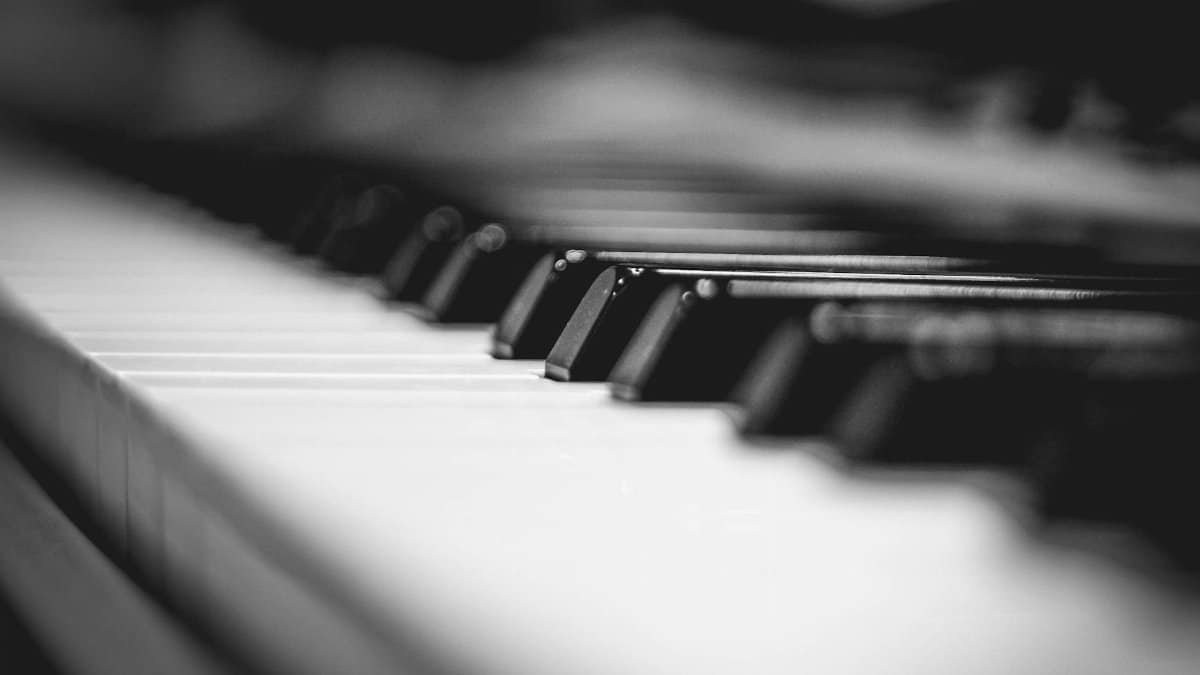
A kalimba, or thumb piano, costs as little as $15 and offers a playful take on budget sound healing tools. This small wooden box with metal tines produces delicate, harp-like notes when plucked. Originating from Africa, it’s both a musical instrument and a meditative aid. Playing requires no skill—just tinker with the tines and let the soft tones wash over you. Studies from the Berklee College of Music highlight how active music-making can lower anxiety. It’s a hands-on way to engage with sound, perfect for restless minds needing focus.
7. Shakers: Simplicity in Rhythm

Shakers, often under $10, are as basic as it gets. Whether a plastic egg filled with beads or a wooden maraca, they create a steady, grounding rhythm when shaken. Think of a child’s toy elevated to a therapeutic tool. They’re often used in group sound sessions to build a collective beat, fostering connection. A quick shake during a stressful moment can act as a physical release, redirecting nervous energy. Available at most music or craft stores, they’re an unassuming yet effective addition to any sound healing kit.
8. Wind Chimes: Ambient Healing Outdoors
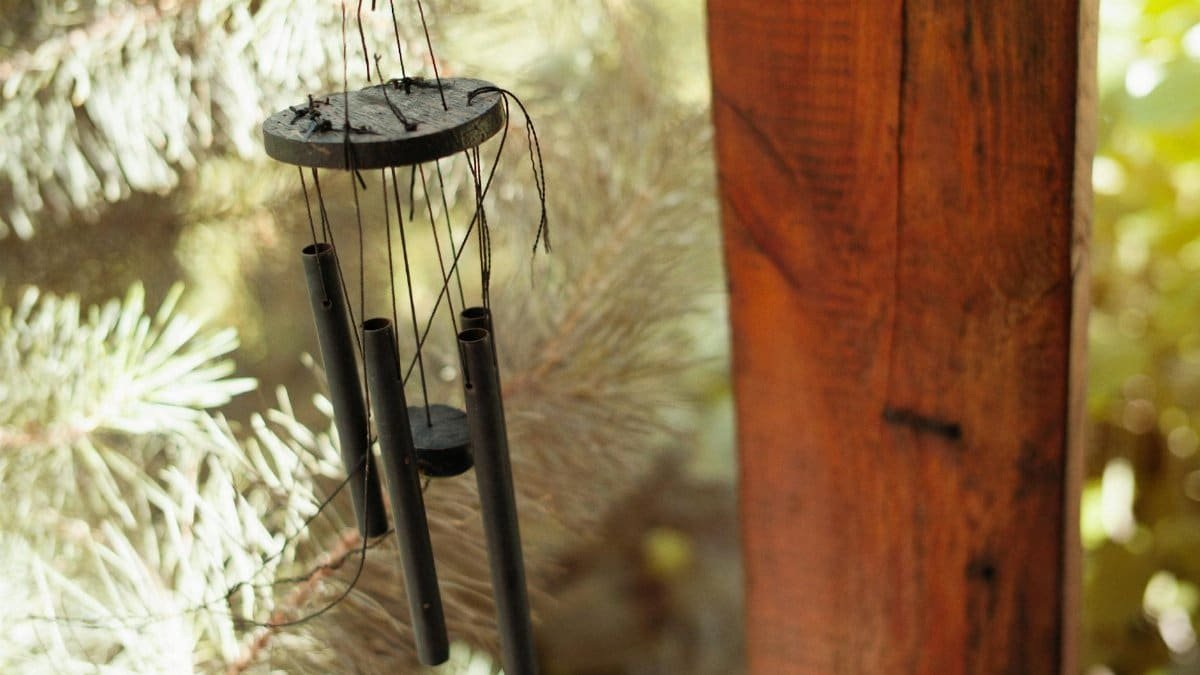
Wind chimes, starting at $10, bring sound healing into the backyard or balcony. Hung where a breeze can catch them, their random, tinkling notes create an unplanned symphony. Materials range from bamboo to aluminum, each with a distinct tone. While not a tool you control directly, their passive presence can soothe over time. A neighbor once remarked how her $12 set became a daily reminder to pause and listen. Placing them near a window lets the sound drift indoors, blending nature with intention for minimal cost.
9. Tingsha Bells: Tiny but Mighty
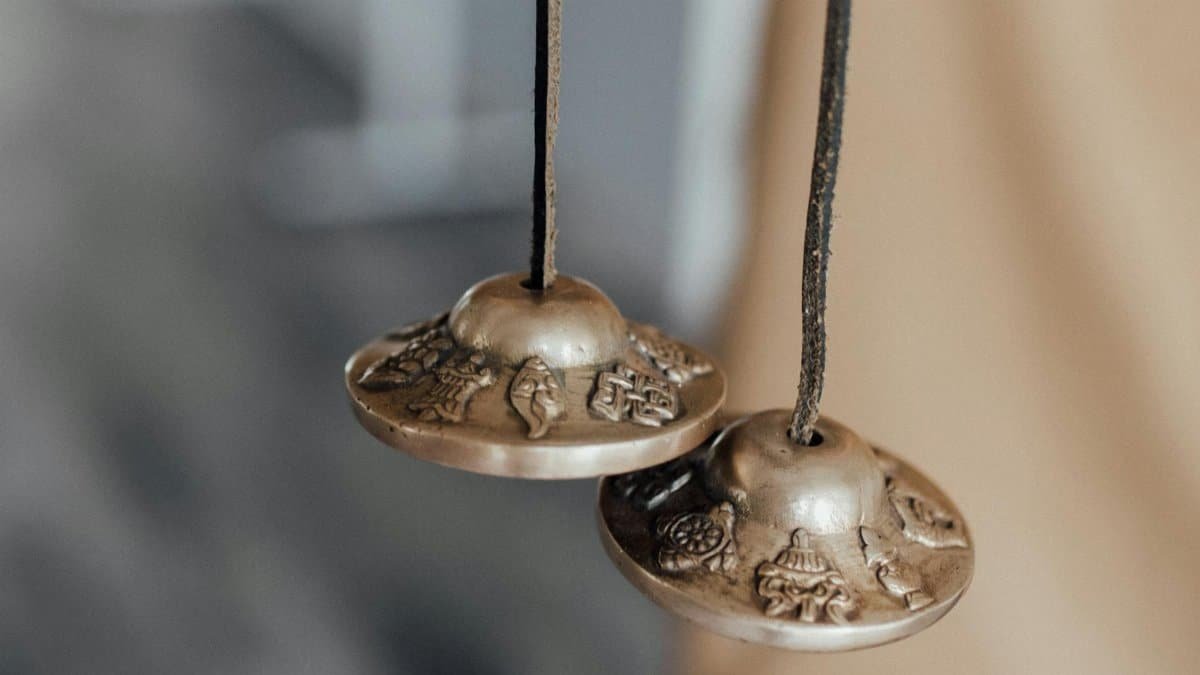
Tingsha bells, small cymbals connected by a cord, ring in at under $20. Common in Tibetan practices, they emit a sharp, high-pitched tone when struck together, often used to mark the start or end of meditation. Their clarity cuts through mental clutter, signaling a shift in focus. Many online shops bundle them with a pouch for easy storage. Their size belies their impact; a single chime can linger in the air, inviting stillness. They’re a favorite for those with limited space or funds but a desire for ritual.
10. Frame Drums: Beat Your Own Path

A small frame drum, priced around $30 to $50, offers a visceral connection to sound. These lightweight, handheld drums—think a shallow hoop with a taut skin—produce deep, resonant beats when tapped. They’re rooted in traditions worldwide, from Native American to Middle Eastern cultures. Playing one feels active, almost empowering, as you control the rhythm. Research from the Harvard Medical School suggests drumming can reduce stress hormones. It’s a bold choice for beginners ready to make noise on a budget.
11. DIY Options: Craft Your Own Calm
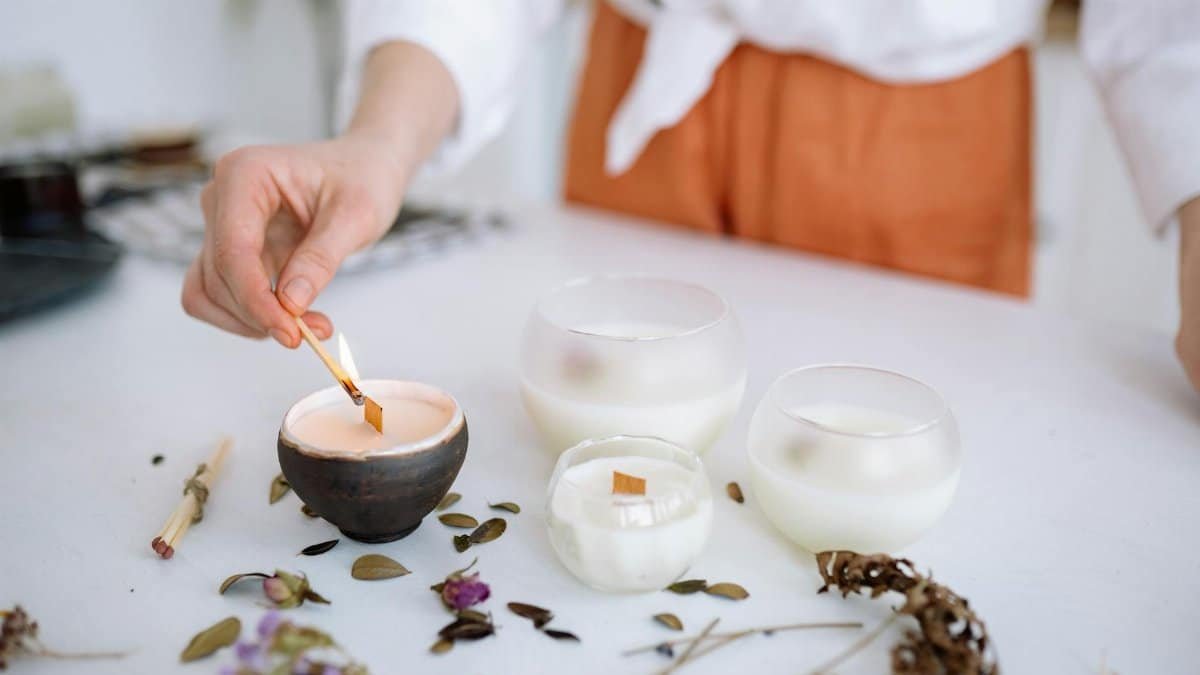
Why not build your own budget sound healing tools? For less than $10, materials like empty cans, rice, and string can become homemade shakers or rain sticks. Online tutorials abound, guiding crafters through simple projects. One person shared how turning a cardboard tube into a rain stick with their kids doubled as bonding time and stress relief. The act of creating adds a personal layer to the healing process. It’s not just about the sound—it’s about ownership of the experience, proving that intention often matters more than expense.
These 11 instruments show that sound healing isn’t reserved for those with deep pockets. From the sharp clarity of tingsha bells to the earthy thud of a frame drum, there’s a tool for every temperament and budget in 2025. They remind us of sound’s quiet power to shift a moment, a mood, or even a day. Whether you’re in a noisy city apartment or a suburban home, these affordable options invite experimentation. Pick one up, strike a note, and see where the vibration takes you. The journey to calm might be closer—and cheaper—than you think.
